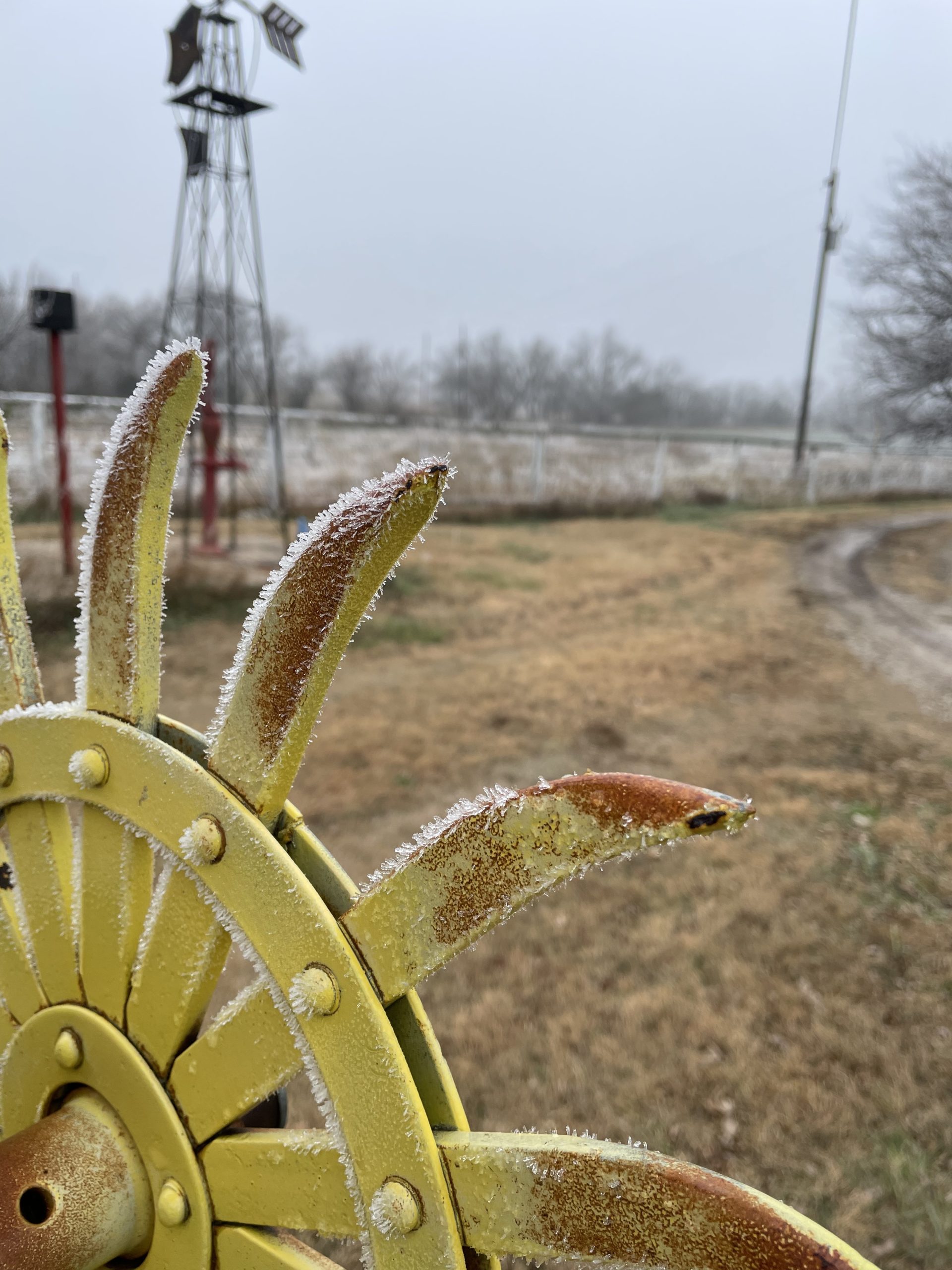While Congress was able to get an extension on the 2023 farm bill, much to the relief of lawmakers on a bipartisan basis, much work is ahead.
The extension lasts until September 2024.
U.S. Rep. Tracey Mann, who represents the Kansas First District and is a member of the House Agriculture Committee, said a five-year bill must have four tenets. They include strengthening and maintaining crop insurance; promoting trade programs to keep America competitive and secure; conducting oversight of the executive branch to combat government overreach; and investing in agricultural research at land-grant universities.
Most members of Congress would have liked to put the farm bill behind them so they could tell producers they have certainty with crop insurance—with needed tweaks—as they prepare for the 2024 growing season. We think that approach is pragmatic and in the past delays have smoothed uncertain waters.
Many other tasks are ahead of Congress.
We certainly take note of David Murray’s cover story about the challenges soybean farmers face with uncertainty in regulations. The federal government will tout America’s food production but then hamstring it with regulations that get entangled in the court system.
The endless list includes the Environmental Protection Agency trying to comply with enforcement of the patchwork of restrictions or limitations placed on pesticides and land use bundles. Taken together the American Soybean Association says it makes for difficult treading for farmers trying to work through such matters as the Endangered Species Act.
Few would argue that the complexities of overlapping regulatory bodies creates many challenges. All one has to do is look at the Waters of the United States rule, which has changed with the whims of each administration the past decade.
One hope as Congress takes a look at the next five-year farm bill is that it can provide guidance and oversight for regulatory agencies that make bipartisan sense. It seems difficult to fathom that one agency can put together a system to promote full production to feed the world while another one curtails it.
Providing farmers and ranchers with flexibility has been a hallmark of successful farm bills and will require lawmakers and farm groups to articulate the challenges they may face the next five years. Lessening the burden of regulations that fly in the face of common sense and adding detours to efficiency would be on our wish list.
The global economy depends on a profitable agricultural economy that begins on the farm and ranch.
The spotlight in 2024 will also be on the nation’s $34 trillion debt for which there will be no easy fix if Congress and President Joe Biden fail to compromise. Higher interest rates are on the mind of producers, lawmakers and ag groups.
Although the crystal ball is murky let’s hope there is the resolve to put together a farm bill that can make inroads on many issues in front of High Plains producers.
Dave Bergmeier can be reached at 620-227-1822 or [email protected].




